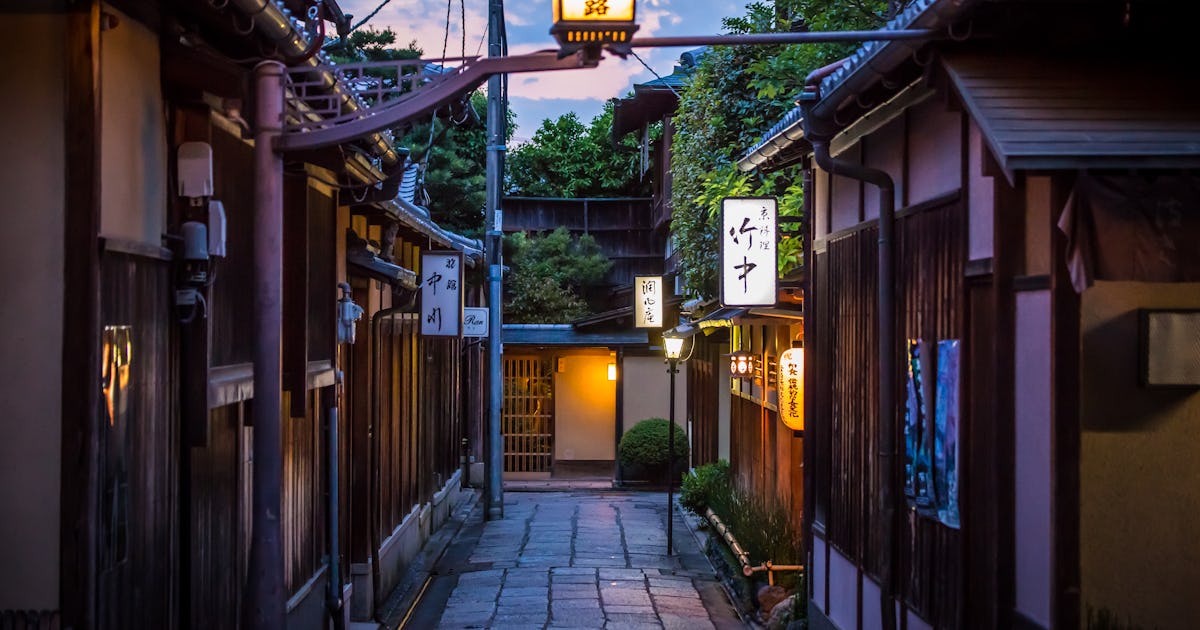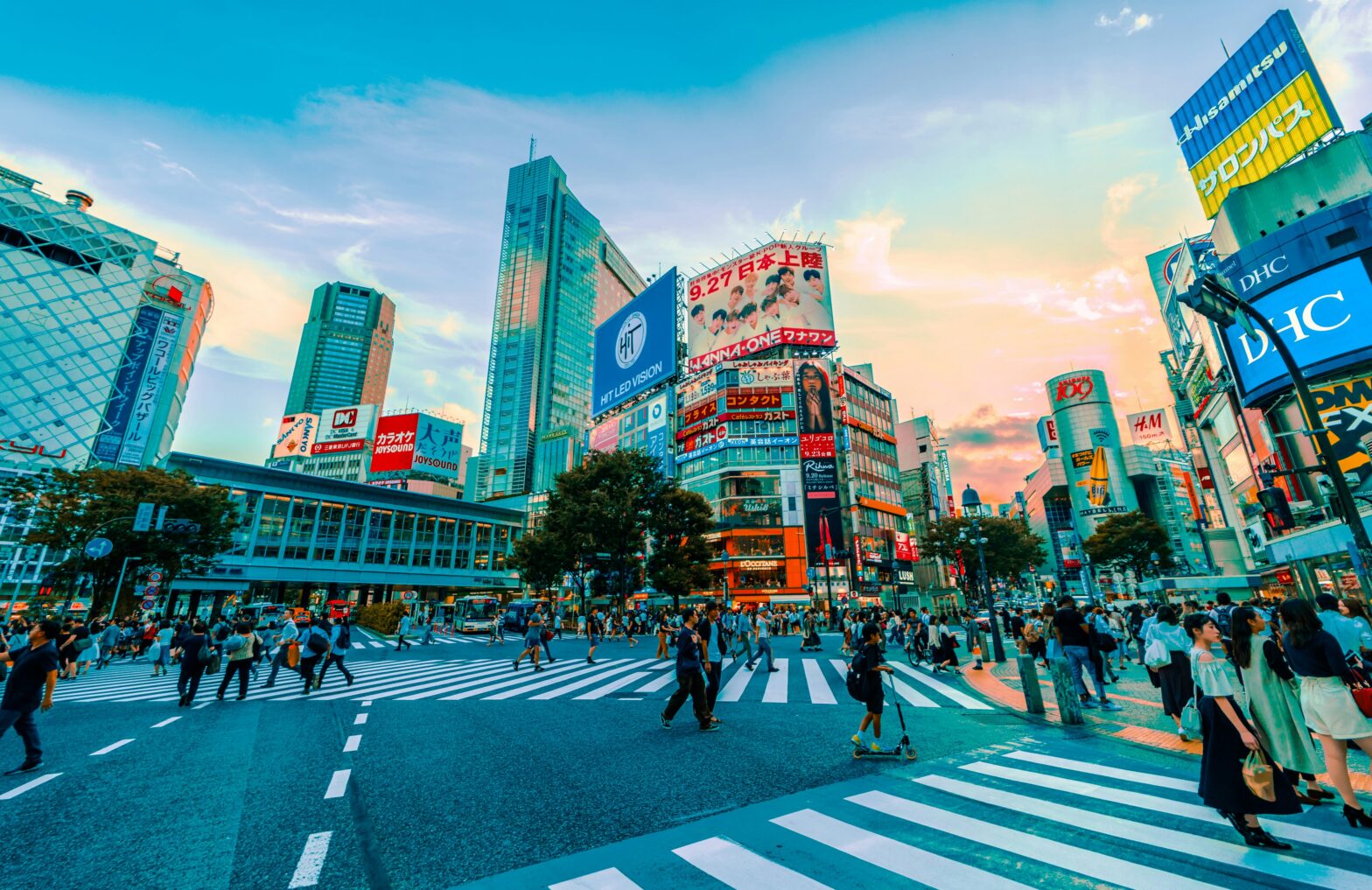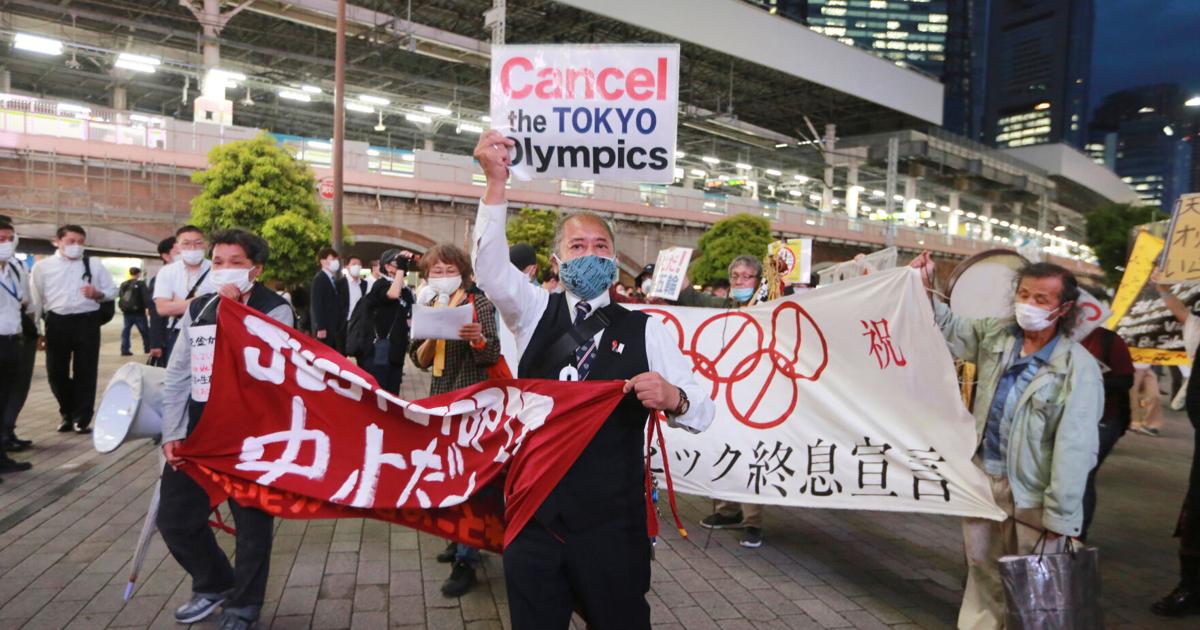
Unlock the Editor’s Digest for free
Roula Khalaf, Editor of the FT, selects her favourite stories in this weekly newsletter.
Just before 11am on Tuesday, a small task force of Japanese builders completed its mission: putting up a 2.5m-high barrier to ruin a vista of the country’s most outstanding natural landmark.
The view of Mount Fuji rising above the facade of a convenience store in Kawaguchiko had in recent months gone viral on Instagram, TikTok and other social media platforms. Thousands of tourists had crowded a narrow road at the foot of the mountain to take photographs, prompting local authorities to try to deal with what they deemed a traffic hazard.
“On Facebook, Insta, everyone coming to Japan knows about this picture, and so I had to get it myself,” said Cristina, a visitor from Panama who arrived in Kawaguchiko the day before the barrier went up and managed to get a snap.
“It’s crazy they feel they have to do this, because everyone comes here to take this picture,” she said, adding that her two-week tour of Japan was planned around Facebook group recommendations.


Authorities’ determination to block the view of Mount Fuji highlights the friction generated by Japan’s sudden tourist wave. Propelled by the most favourable exchange rate in decades, a record 11.6mn visitors have arrived in the country since the start of 2024 — but not everyone is ready.
“We need to strike a balance between accepting tourists and ensuring the quality of life for local residents,” Ichiro Takahashi, head of the Japan Tourism Agency, said at a recent news conference.
In Kawaguchiko, some locals griped about foreigners weaving dangerously into traffic, leaving rubbish and entering residents’ gardens in search of a perfect shot for social media. But some tourists have been perplexed by the response in a town where most businesses want more spending from visitors.

“Everything here seems to be about Mount Fuji. There are restaurants with views of Fuji, places that rent equipment for climbing Fuji and the shops all sell cakes in the shape of Fuji. It is hard to understand blocking a view of Fuji here,” said one French visitor, adding that various websites now suggest alternative places nearby for similar photos.
For years, Japan has sought to boost the number of tourists, who are often deterred by the language barrier and the country’s perceived high costs. Since the pandemic, and aided by the softer yen, those efforts have paid off. The number of inbound tourists in March and April surpassed a 2019 record. While most visitors pre-Covid were from China, South Korea and Taiwan, there are now crowds from a wider range of places, including the Middle East, Mexico and the Philippines.
But that success has generated friction, triggering signs of a backlash in the most popular hotspots such as the former imperial city of Kyoto. The growing number of visitors at key sites has been exacerbated by rising living costs and travelling expenses for Japanese households, which have led to a much slower post-pandemic recovery in outbound tourism and prompted more to spend holidays at home.
The surge in travellers from overseas has also exposed the acute labour shortage in the hotel and restaurant sector, triggering a sharp rise in foreign workers and government subsidies to install self check-in machines.
In October, the government compiled a package of measures to address “overtourism” amid concerns that visitors were concentrated in a small number of cities, putting strains on local communities and infrastructure.
According to government figures, 72 per cent of foreign tourists stayed in the three big metropolitan areas of Tokyo, Osaka and Nagoya last year, compared with 63 per cent in 2019.
The measures range from the introduction of ride-sharing to security cameras to protect cultural heritage. Starting this week, those wanting to climb Mount Fuji are being charged a ¥2,000 ($12) fee and asked to make an online reservation to reduce congestion.
Pictograms are being used as part of efforts to explain local manners. “We’re looking forward to seeing you at the promised time,” read a leaflet on etiquette produced by one of Tokyo’s districts. “It’s cool to wait in line.”
Another major pillar of the package is to provide government subsidies to draw higher-spending travellers to less popular areas, where many Unesco World Heritage sites remain barely visited.
Analysts said that while Japan needed to encourage more people to come and spend to bolster the economy, it needed to ensure that visitors did not trigger the kind of local backlash against overcrowding and rising rents seen in some of Europe’s travel hotspots.
“There is no single silver-bullet measure,” Norihiko Imaizumi, a senior fellow at Dai-Ichi Life Research Institute.
But he pointed out that Japan’s own policy was to increase the number of foreign tourists to 60mn annually by 2030. “The tourists should not be viewed as enemies . . . and they should not be described as a problem,” Imaizumi said.
In Kawaguchiko, several people said the hastily mounted screen — a thin sheet of opaque black material — was an extreme but necessary response in a town where infrastructure was suddenly under strain.
“In the time [two hours] they have been building that screen, I think I have seen more than 100 tourist buses that have passed along this small street,” said a local woman working in a restaurant. “There is a small pavement, so it is dangerous. Now people think our town hates foreigners, which is not true at all.”
link








